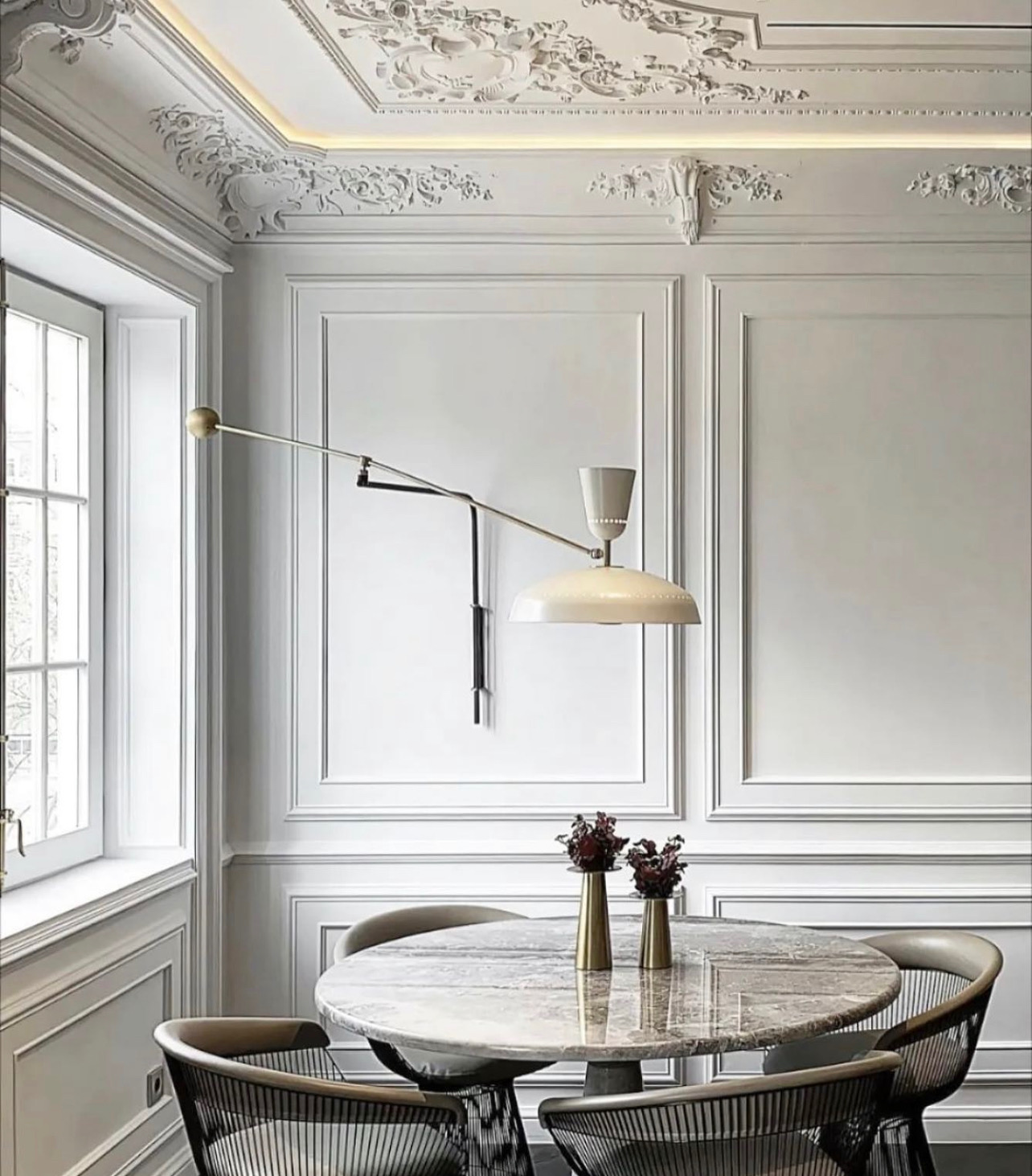
Listen up, people! Recessed lighting is gone, over, done with.
We’re eliminating it completely in any new construction and new remodels. Recessed lighting is a thing of the past. We don’t want to see it. We don’t want to do it.
But since we’re maligning it so forcefully, let’s at least define what it is.
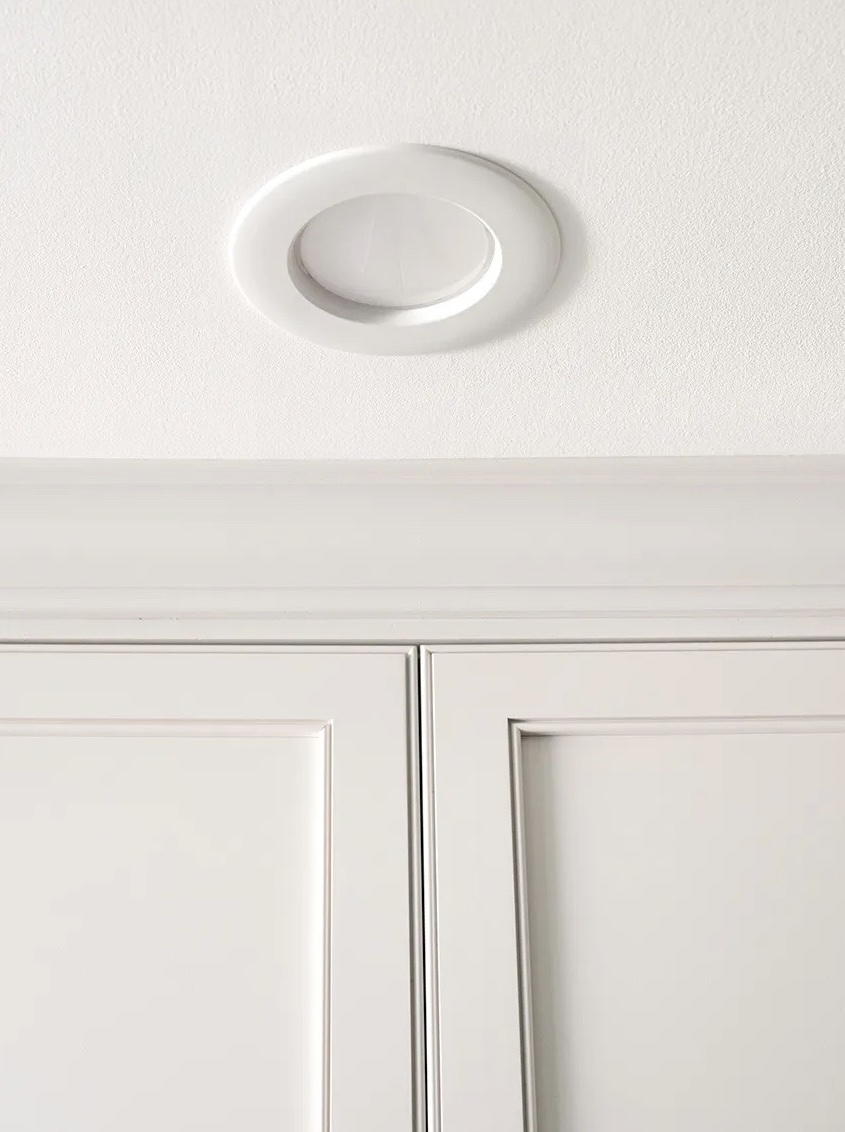
Classic recessed lighting is light bulbs contained inside a recessed housing in your ceiling to form a flush, flat ceiling mount fixture. Basic “pot” lights are about six inches round, typically white and with a slight ring around them that’s flush to the ceiling. The wiring sits inside the housing making for unobtrusive lighting with a modern, clean look. (There is also tubular recessed lighting that is often used for hallways.) Some pot lights even pivot and there are some upscale, stylized versions in black and different materials like brass that are pretty. I even have recessed lights in my home. They used to be the thing, but they’ve had their day and need to move on. I think they look awful.
Why?
Firstly, because they’re stale. And stale never works in good design.
Secondly, because all cans can do is to shine downward. This makes them act more like spotlights that illuminate a limited area. The light focuses on the area directly below it so you get patterns of dark and light instead of all-around light.
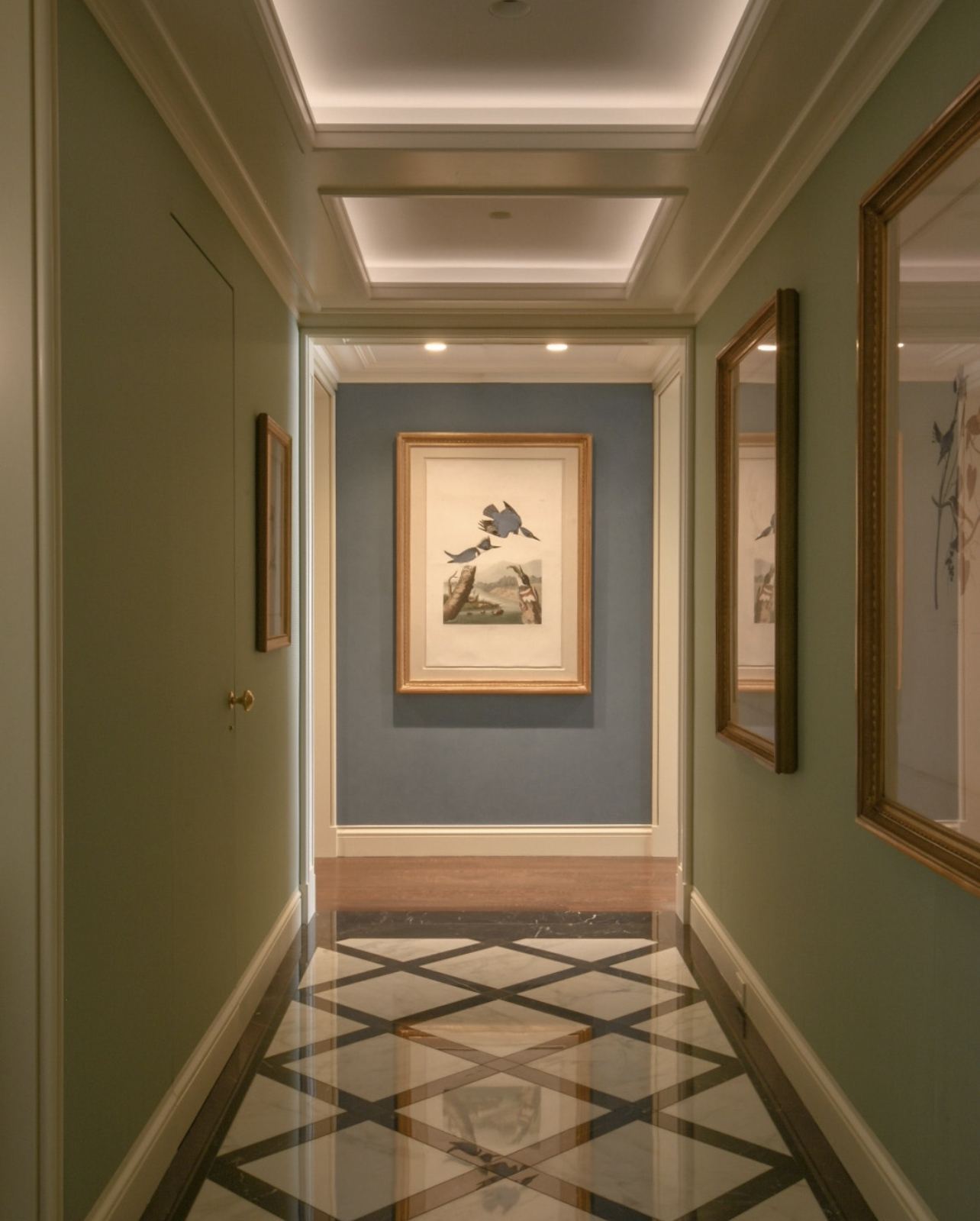
Finally, recessed lighting, also known as can lighting, emits downward lighting and downward lighting casts an unflattering shadow and glare on the face. So when people come over they don’t look their best. (Nor, more to the point, do you!) Recessed lighting can also be a little sterile and prevents you from having your house look as good at it could with a more decorative hanging light fixture.
There are three basic types of lighting that can improve a space: task lighting (for chopping carrots) accent lighting (for highlighting a special work of art), and ambient lighting, which gives you overall illumination in a room. Aside from the basic light function, ambient lighting improves the warmth and depth of a space, and allows you a comfortable level of illumination. You can also navigate the whole room with this lighting.

These days, designers are looking to incorporate much more ambient lighting into their designs, choosing between dramatic hanging fixtures, nightlights, slim pendants, lamps and track lights for their rooms. As you can see, this dining room has no recessed lighting. And this is a very high end home. They didn’t forget to put in can lighting. They chose not to put it in. The single pendant creates a glow and aura that could not have been achieved with recessed cans.

The good news is that today’s light fixtures are gorgeous. And there are so many choices. In the flip I’m doing right now, in this bedroom, we’re seeing lovely beams but no recessed cans, aren’t we? Why? We have great pendant lighting over the nightstands and there’s already a lot of natural light coming in. In fact, there’s plenty of light in this room but none of it is coming from light cans. What people are doing now is bringing in a lot of interest to their spaces with light fixtures which they can now install without the interference of the round cans on the ceiling. Back in the day when recessed lighting was the norm, it really limited you on how you could add drama and beauty to your ceilings. Now you have the complete license to add both.

This powder room has one pendant light. Why is that sufficient? Because powder rooms are not really places where you’re doing makeup or cooking or reading. (At least I hope they’re not!) And this attractive pendant light, asymmetrically placed will be reflected in the mirror, making the overall lighting in the room more than enough.
And may I add: you must always, always and I mean it, always add dimmers on every single light in your home because you want to have control.

LED lighting is a wonderful choice, too. If I could recreate this living room in my own house, I would do it tomorrow. Why is it such an amazing design? There are lots of reasons of course, but one of them is their use of LED lights that doesn’t look cheesy. Now remember, you can go a bit crazy with LED and create Vegas, which we don’t want. The process has to be done methodically, purposefully. You can’t just put LED lighting everywhere just because Nina said LED lights are the thing. In order to create this fluid, floating ceiling, you have to have these LED recessed, not as cans but as lighting on the periphery and circumference of the room. As for the peekaboo fireplace, love, love, love!

How designers are tackling the areas of a home that need more light can be illustrated with this dining room. The owner didn’t want just to have ambient lighting with this pendant, but also ambient task and/or art lighting. And the way that this is done is by placing flush-mounted task and art lighting on the ceiling. I just did for a client in New York, and the result is that when people come into the house, they always notice the beauty of the art.

This next project is beautiful. It was published in Architectural Digest Mexico, designed by Sissy + Marley Design and shot by the same photographer I worked with in New York, Marco Ricca. What I absolutely love is this hallway because the designers used no recessed lighting. Instead, they’ve put in a plethora of in-line, in-symmetry pendant lights that are so chic and run along the entire corridor. You can now create art with lighting so why not?
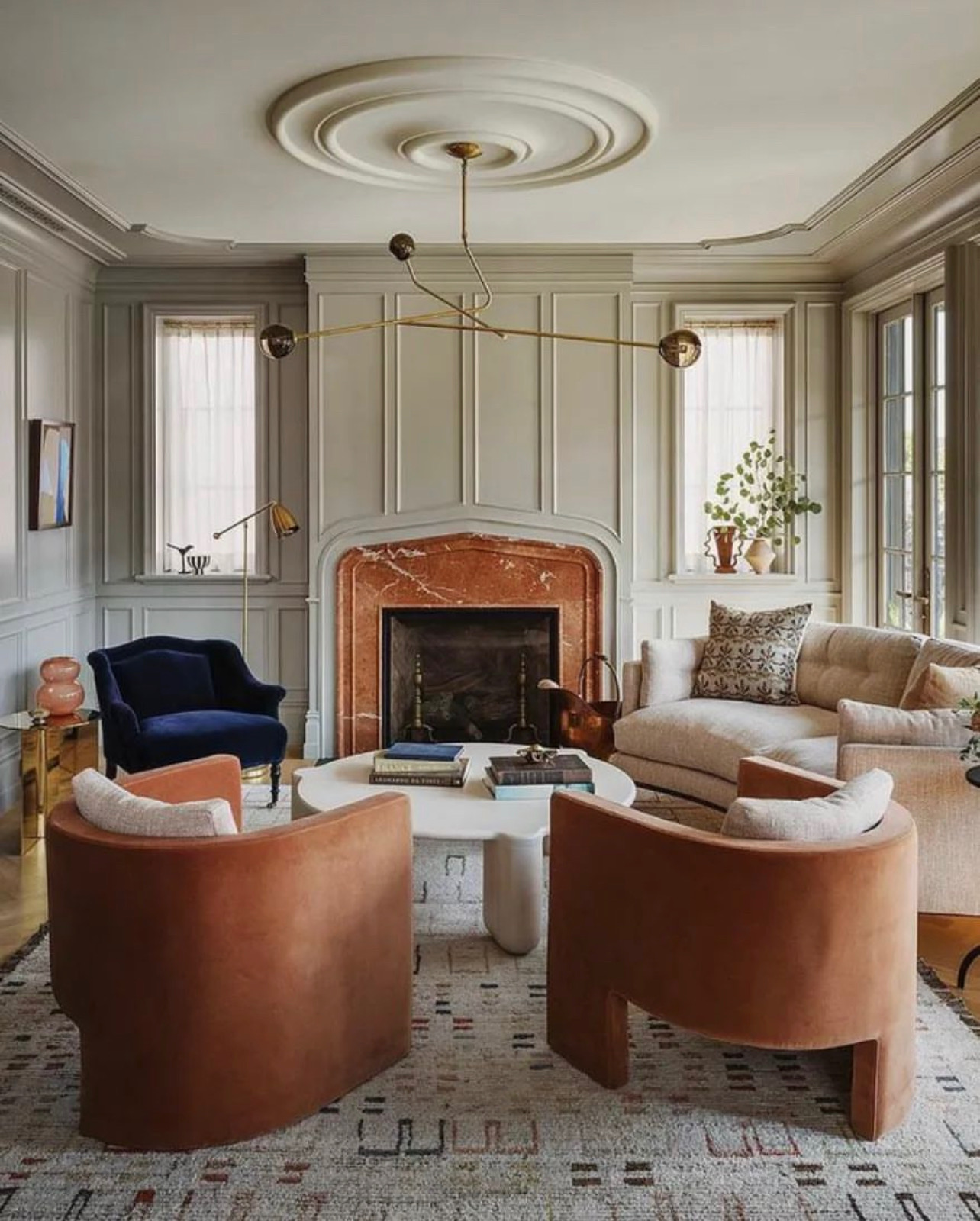
If you’re still not convinced about no recessed lighting, take a look at this room. It has this gorgeous, architectural, multi-light pendant. If you have a multi-light pendant you’re really on track to getting enough light for your space that’s ambient and warm. And remember, we always want to do warm lighting. A 2800- lumens is probably the right way to go.
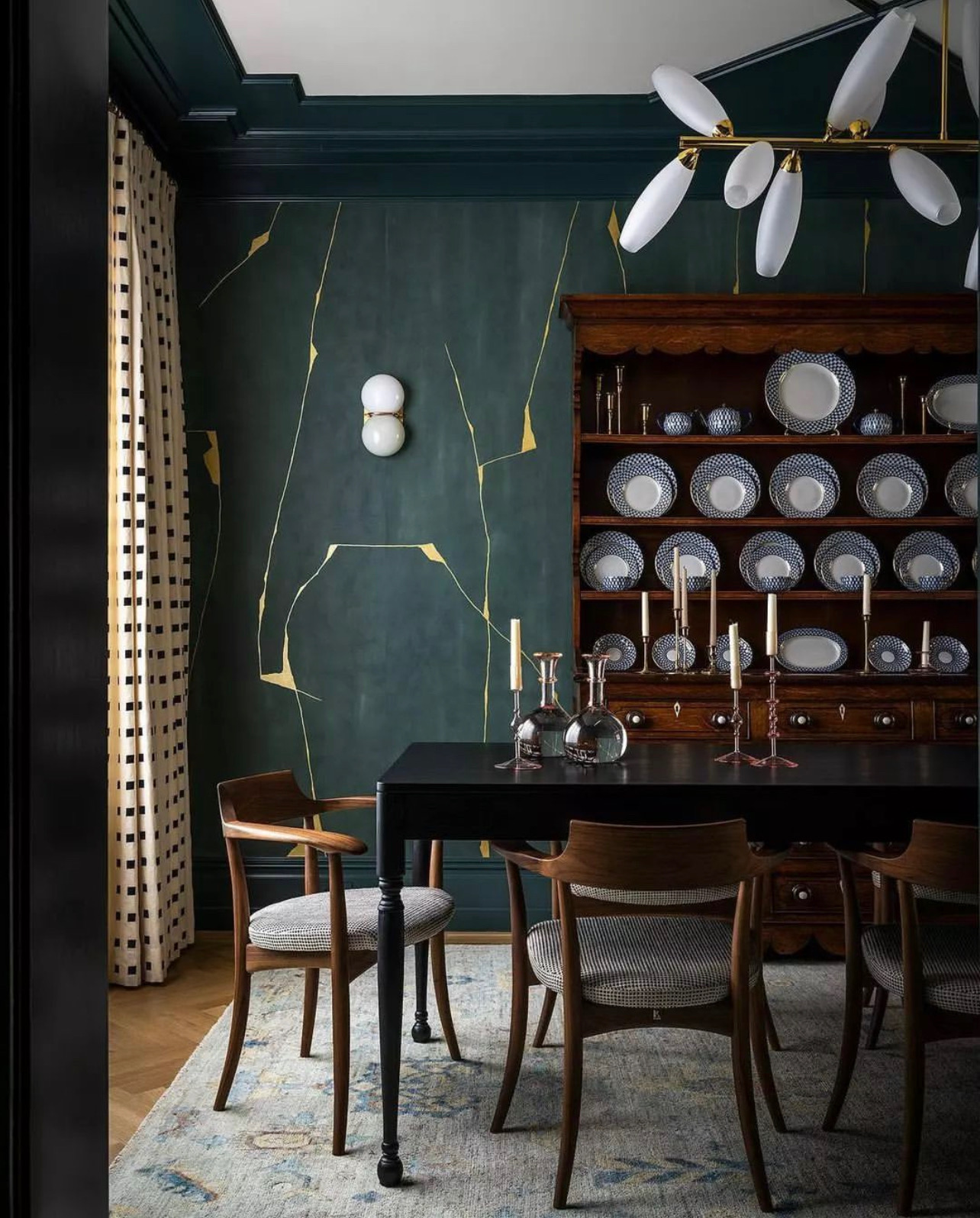
In conclusion I would like to say that when you’re designing your home or redesigning a space and have the ability to do a little bit of construction, think of placing pointers, little fixture pendants that are flush mounts. You can use big ones and then tiny ones ,and you can place them symmetrically or asymmetrically in order to make your statement. You can put them three over an island like I just did for a client, or a grouping over a beautiful statue.
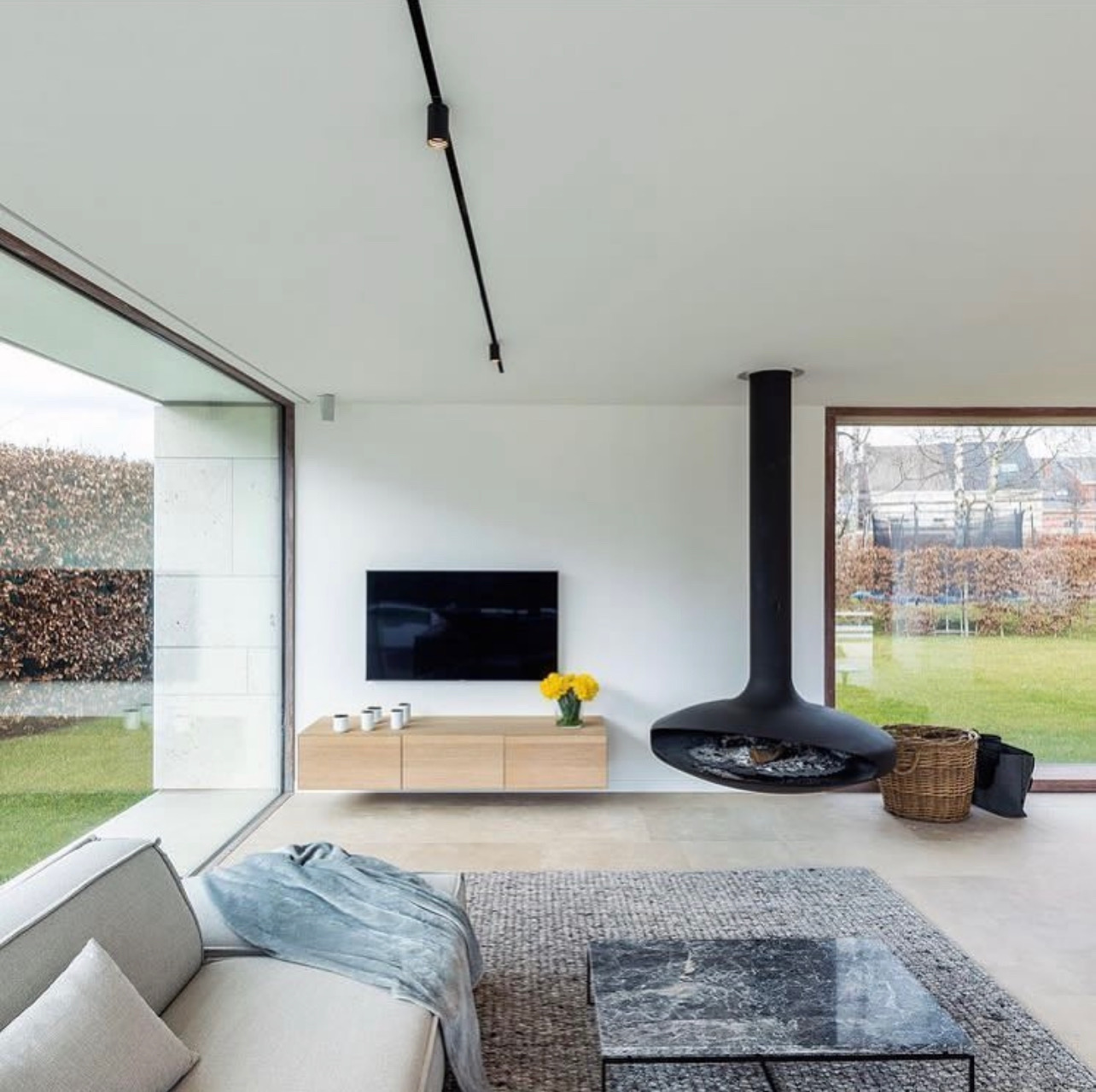
One last thing. Track lighting is your friend. You may think it’s dated but I think it’s one of the best ways to be able to change furniture and other pieces and adjust the lighting. It’s seamless and works beautifully in your home so you can illuminate the items you want to stand out. If you like how visible modern track lighting can be, this could be a good alternative to recessed lighting. It’s adaptable and adds a cool vibe to an open, contemporary style room.
